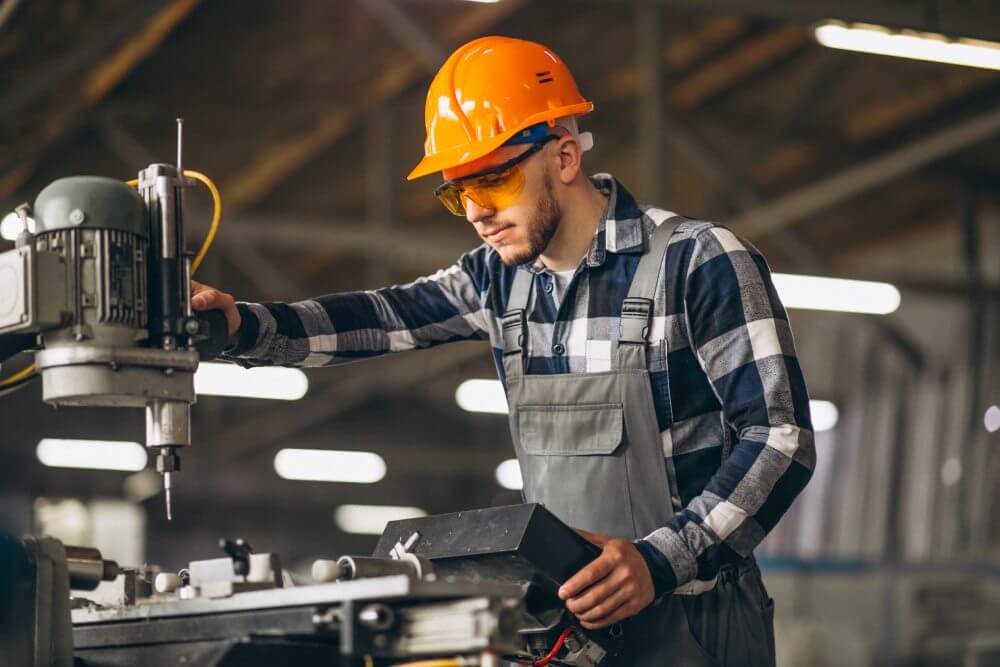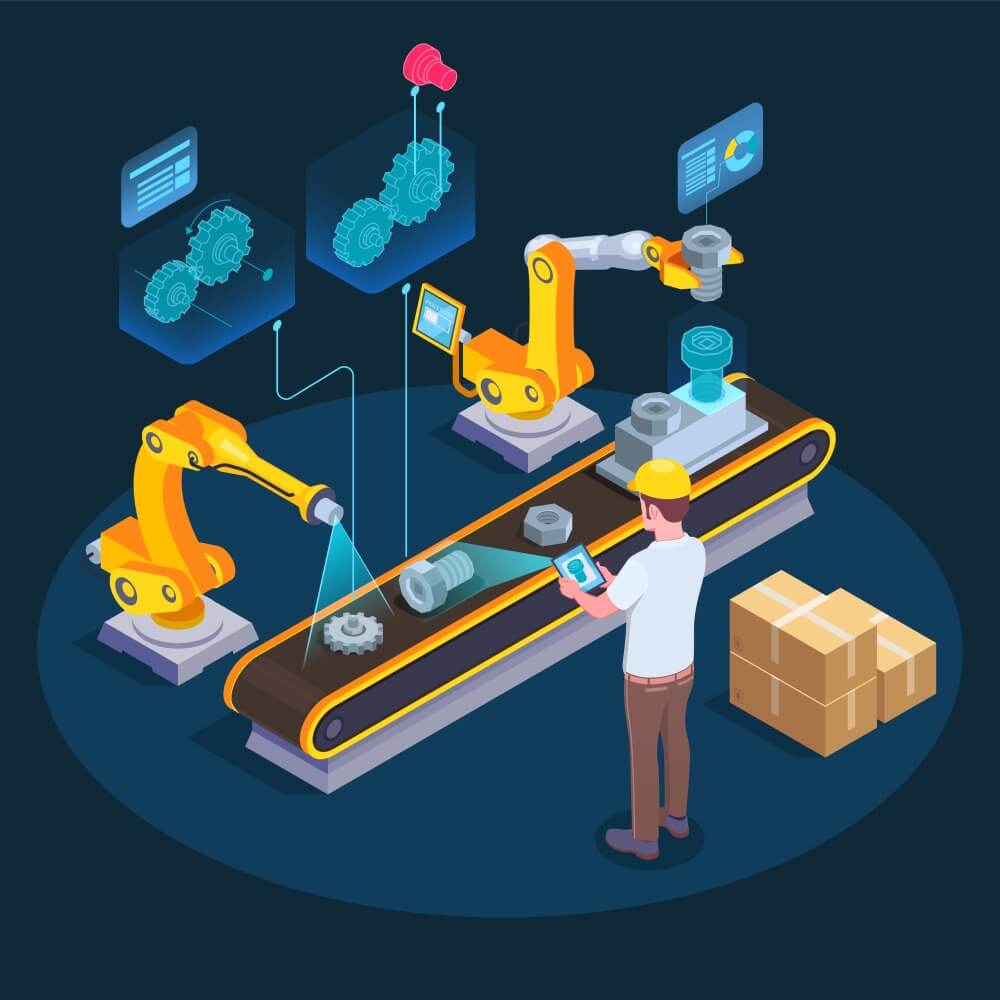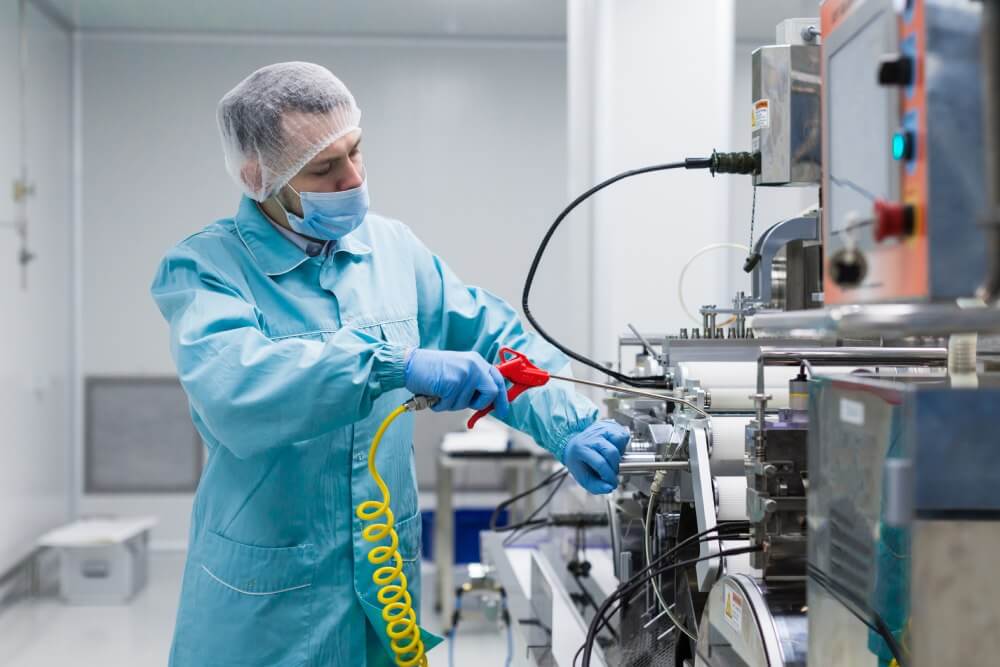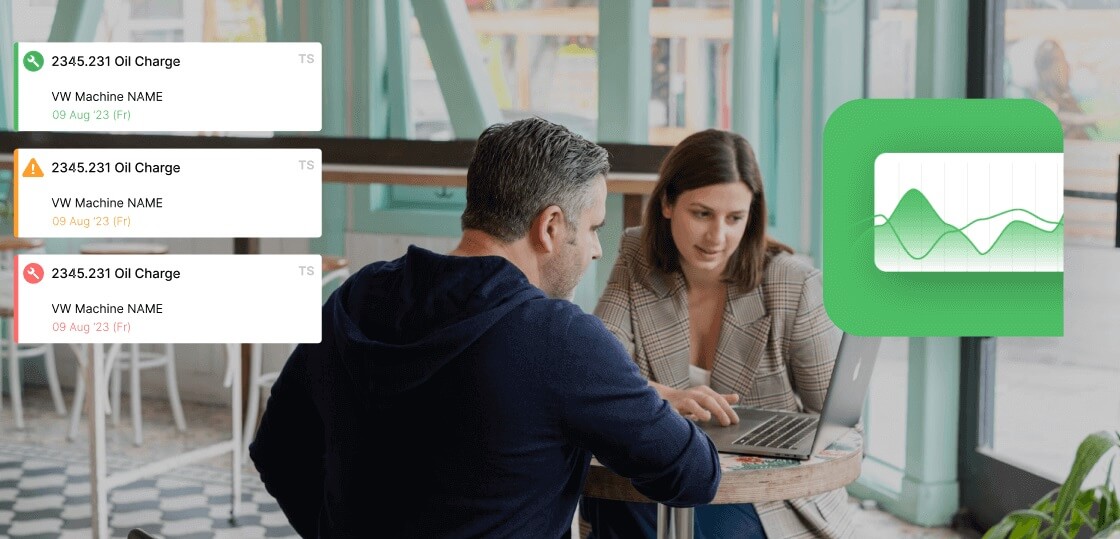Key Takeaways
-
Computer Vision uses a simple camera and AI to automatically collect production data from older or "un-connectable" machines that lack modern PLCs or sensors.
-
The top three use cases are 1. Monitoring Legacy Machine Uptime, 2. Automating Part Counts, and 3. Detecting Quality Defects.
-
The true power is unlocked when the Computer Vision diagnosis is integrated with a CMMS. An alert from the camera can instantly trigger a work order, turning this advanced tech into an actionable, problem-solving tool.







